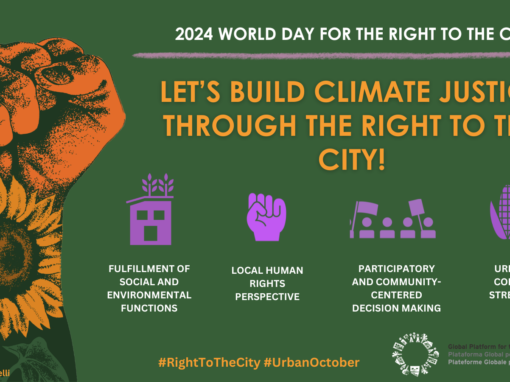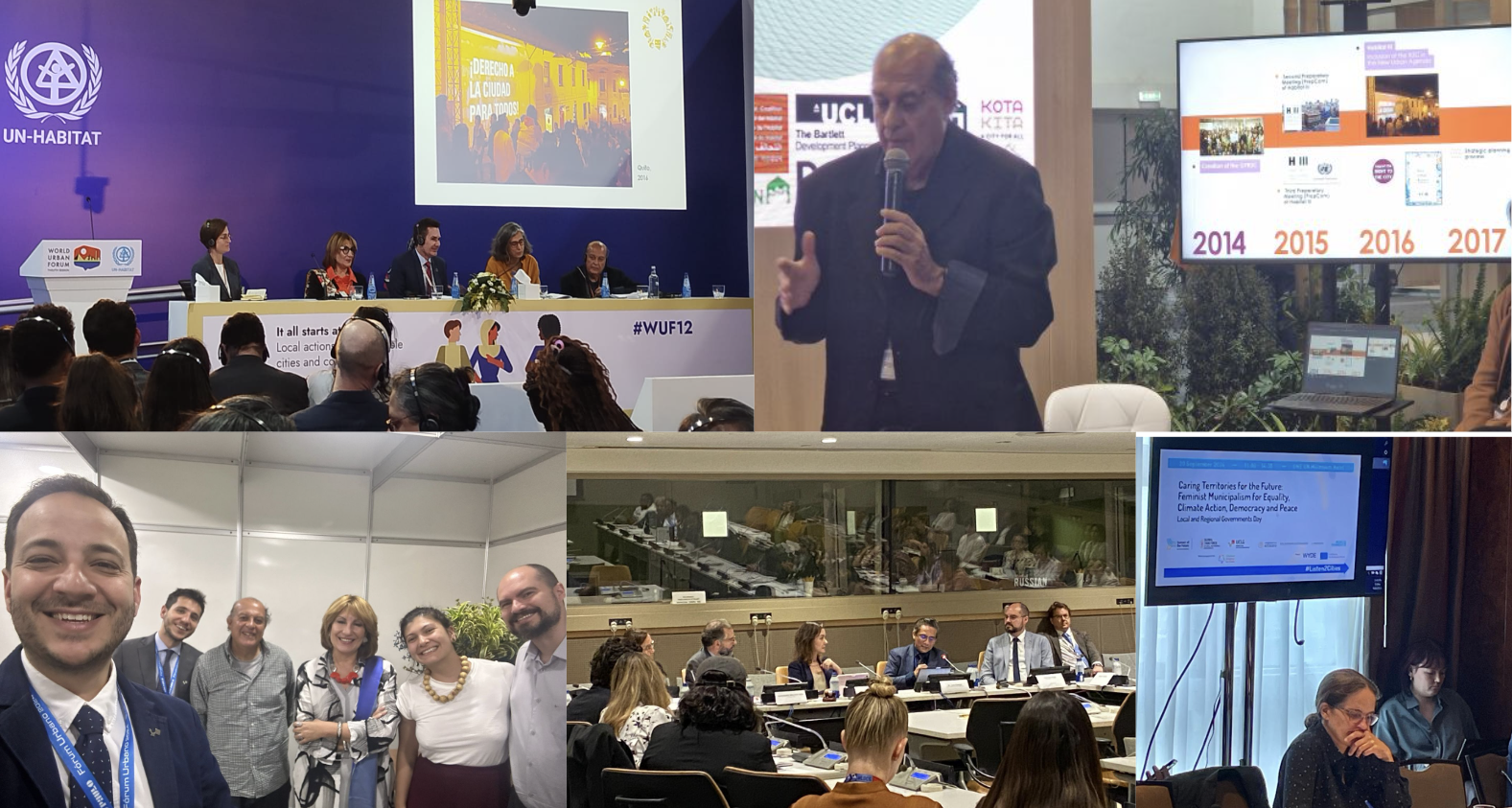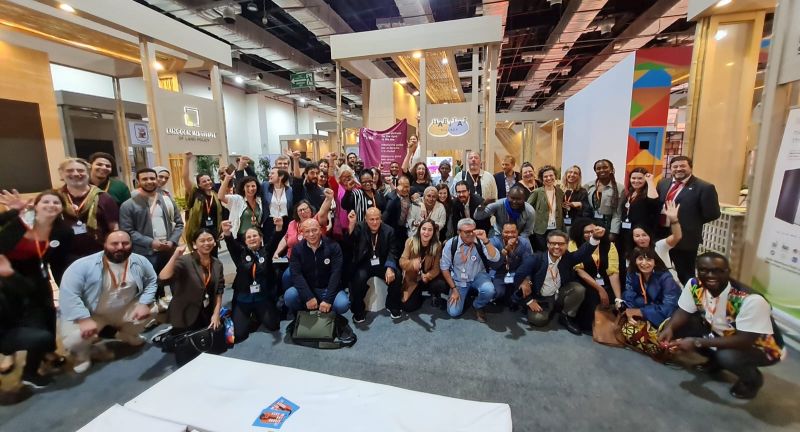By Darnell L. Moore (Next Cities)
It was close to midnight. A youngish, jovial-looking white woman with russet colored hair ran by me with ostensive ease. She donned earphones and dark, body-fitting jogging attire. I was walking home from the A train stop and along Lewis Avenue, which is a moderately busy thoroughfare that runs through the Bedford-Stuyvesant neighborhood in central Brooklyn, where I live.
Lewis runs parallel to Marcus Garvey. Black. Two avenues to the right is Malcolm X Boulevard. It’s Black. Fulton Street. Atlantic Avenue. The B15 bus. Bedford Avenue. Marcy Projects. Brownstoners. The C train. Working class renters. Peaches Restaurant. June Jordan. Livery taxis. Restoration Plaza. Jay-Z. Bed-Stuy is quite black. I am, too.
Encountering the strange sight of a white woman running without care on a street in a section of our borough once considered an unredeemable “hood” terrified me. She ran past the new eateries and grocery shops that sell organic and specialty foods. Within a span of a few blocks, residents and visitors now have their choice of premium Mexican eats, brick oven pizza or freshly baked scones with artisan coffee. Citi Bike racks and skateboard riding hipsters adorn the now buzzing thoroughfare. To many, our part of BedStuy may appear safer, cleaner, and whiter.
And, yet, I was still terrified. It was midnight. Black boys and men have been killed throughout the history of the U.S. for being less close to and observant of white women’s bodies as I was that late evening.
Shortly after I passed by with the white woman jogger, my close friend, Marcus, who lives in walking distance from me—closer to a densely populated public housing development—lamented about the lingering tremors of gentrification. Citing the presumed changes in racial demographics, renovated housing options, and increased business development efforts, Marcus hinted at the frustration of black communities undergoing rapid and contested transformation.
He came upon a flier that was fastened to a tree. According to Marcus, the New York Police Department (NYPD) precinct near his building created a “wanted” sign that was posted not too far from where he lived. The “wanted” were a few black men who allegedly robbed a neighbor. The neighbor was white.
Never before, in the several years Marcus had lived in Bed-Stuy, had he seen anything similar. There were no signs made after black teens were shot or robbed. There were no cries for the “wanted” after black women and girls were sexually assaulted or followed home by a predator. There was no indication of concern for black people besides the ever-present anxiety black bodies seem to cause both to the state and to white people when they dwell en masse in the hood. A cursory review of NYPD’s data on the disproportionate and deleterious impact of stop, question and frisk procedures and broken windows policing on black communities is but one example. Marcus’s critique resonated because it illuminated the ways the state and its citizenry afford value to white lives.
Hence, the reason for selecting the vignettes I’ve opened with here. In both scenes, white bodies signify worth and, therefore, are always centered in our collective imagination. They are esteemed commodities, especially in black spaces—that is, neighborhoods and other publics mostly inhabited and culturally shaped by a majority black populace. Thus, any dreamed and invented “just city” that is structured by a set of race ideologies that do not factor in the hyper-mattering of white lives and the perceived worthlessness of black and brown lives is not “just” at all. That is why catch phrases like “community development” or “urban planning and design” can be counterproductive if, in fact, one’s praxis is not guided by a commitment to a type of transformative work grounded in the belief that black lives actually matter.
The connection between space and race became clearer to me after visiting Ferguson, MO, shortly after 18-year old Mike Brown, Jr. was fatally shot by police officerDarren Wilson. Standing in the same street where Brown’s bloodied body had been left uncovered for four hours—in view of his family and neighbors—forced me to question the extent to which ideas about race and space collude to create precarious lives for black and brown people. In an essay titled “The Price of Blackness: From Ferguson to Bed-Stuy” originally published at The Feminist Wire shortly after my return, I wrote, “Changes in the racial composition of towns precipitate changes in the ways black bodies are policed and valued in many neighborhoods.”
I was drawn to the horrific events unfolding in Ferguson because it occurred to me that Ferguson — like some neighborhoods in New York City, Chicago, Oakland and elsewhere —have not only experienced shifts in its racial composition, but also have undergone changes in government leadership, laws, policing practices and economics that inevitably impact black and poor people.
Mike Brown’s death was a unique tragedy that occurred within a specific place and time, but the conditions within which it took place are mundane and, seemingly, quintessential characteristics of gentrified black spaces. This led me to postulate, “Black lives and white lives are differently valued and are, therefore, differently impacted under the conditions of white racial supremacy across the country.” Thus, beyond the noticeable changes—such as the movement of more white people into otherwise black neighborhoods—the insidious aspect of gentrification is the seeming logic of white significance and black worthlessness that underwrites the process.
“My brief time in Ferguson prompted me to consider the many ways Mike Brown’s death, and life, was warped by the structural conditions mentioned above—all emanating from what scholar George Lipsitz aptly calls the ‘possessive investment in whiteness,’” I concluded upon my return from Ferguson. “Such investments in whiteness, which impact everything from access to housing markets to points of educational access for black people across the country, must also be considered alongside the mundane incidents of police violence and hyper criminalization in the U.S.”
But police violence is one lens through which we can assess the connection between race and space, whether in Ferguson or Brooklyn. 16-year old Kimani Gray was shot and killed by a member of NYPD in the Flatbush neighborhood of Brooklyn in March 2013. Flatbush is not too far from Bed-Stuy. Like Bed-Stuy, it is a neighborhood that has experienced an increase in its white populace. While some may argue that the increased number of white people in black spaces is the singular problem, I contend the public should be concerned with the problematic ways whiteness functions as a signifier. As I’ve written elsewhere:
The more insidious problem is the belief that whiteness at all times and in all places signifies safety and bounty and, therefore, represents a site of investment: new stores selling expensive items begin emerging; the same stores stay open (the doors and not just side windows) twenty-four hours; realtors finally begin to take an interest in property sales; nameless and faceless ‘investors’ begin leaving cheap flyers on stoops or in mailboxes promising cash for homes. Safety becomes a relative experience when gentrification occurs. The presence of white people almost always guarantees the increased presence of resources, like police, which does not always guarantee safety for black people in those same spaces.
A “just city,” then, is a space where one’s hued flesh does not determine one’s full or limited access to equity and safety in communities where she or he lives and works. To vision and create the type of city that is not a built rendition of the biased ideologies we maintain requires a liberated imagination, but we can only free our minds from the chains of anti-blackness and classism when we first acknowledge each has its hold on us. An expanded public dialogue is necessary for us to arrive at this set of shared understandings.
The current movement for black lives is a perfect backdrop for a conversation on reimagined cities that needs to move from the halls of think tanks and municipal development offices to the streets and neighborhoods where all manner of black people dwell.
Imagine dialogues on neighborhood development and urban design occurring among protest participants. Imagine planned public talks hosted on neighbors’ stoops or in the foyers of housing projects. Imagine democratized approaches to urban planning that begins with the people,not the corporate class. Imagine the embedding of urban planners within movement collectives combatting anti-black racism and state sanctioned violence from Ferguson to Flatbush. That type of work is characteristic of the critical first steps needed to inform the creation of the “just” city.
We have reached a critical juncture in the U.S. Indeed, if the Black Lives Matter iteration of the long struggle for black liberation in this country has done nothing else, it has reminded us that the fight for a new, black-loving and just world is an ideological and material struggle. Our public ethos begets our public spaces. And we need unjust spaces no more.
Instead, we need neighborhoods where the value afforded to inhabitants is not based on the color of their skin, or presumed or actual gender expression and sexual identity. Integrated neighborhoods are beautiful expressions of community when, in fact, all members are seen as worthy of police protection or respect from business owners.
In my imagination, a safe and materially just black space is one where residents, whether homeowners or renters, are actually asked about the changes they’d like to see occur. Citi Bike representatives would knock on doors and assess residents’ levels of comfort and desires before placing hordes of bikes on street corners where car services would previously park in wait for residents en route to their jobs, the market, or doctors’ offices. I heard that particular complaint on my block.
In a “just city” residents can actually afford food at eateries and wares sold at businesses in their neighborhoods and, even more, they are provided access to services so they too can create businesses in the very locales they reside.
I want to live in a neighborhood where mostly white police officers do not see or treat me like a potential threat when walking home while my new white neighbors are offered respect regardless of their too loud parties or strong smell of marijuana coming from their direction. I’ve experienced or witnessed all of the above.
I imagine neighborhoods where my physically disabled friends can maneuver through with greater ease. My South African wheelchair-bound mentee could not visit me in New York City because it would have been hard for him to make it through most of the city, including my neighborhood, without encountering a range of obstacles.
A safe and equitable space is one that centers the needs and desires of all residents regardless of race, gender, ability, income, or sexual identity. And in the cases when design and redevelopment revolve around those typically centered in the public imagination—characteristically white, sometimes heterosexual, nearly always abled-bodied people with wealth or access to other forms capital—the work must be recalibrated. Yet the only way these forms of erasure can be assessed is by ensuring the group assembled at the planning table is as diverse as the communities it aims to reimagine and rebuild.
The public and private sectors will remain complicit in the creation of inequitable communities as long as both benefit from the structural inequities that surface as a result of race, class, and other forms of stratification. And that is not just.
Darnell L. Moore is Senior Editor at Mic. He is also a co-managing editor of The Feminist Wire and Writer-in-Residence at the Center on African American Religion, Sexual Politics and Social Justice at Columbia University. He is a member of the Black Lives Matter network and co-organized the BLM Freedom Ride to Ferguson in 2014.





